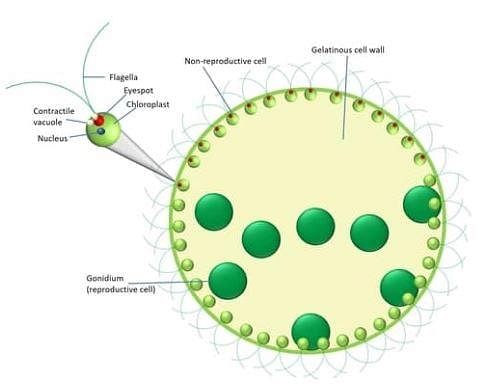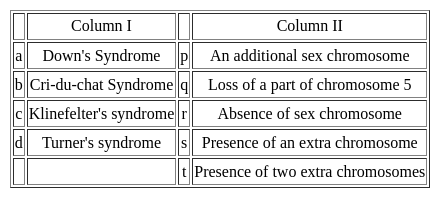CSIR NET Life Sciences Mock Test - 3 - CSIR NET Life Science MCQ
30 Questions MCQ Test CSIR NET Life Science Mock Test Series - CSIR NET Life Sciences Mock Test - 3
What will come in the place of the question mark ‘?’ in the following question?
16% of 25 × 88 + 20% of 135 – 16 × (18 – 5% of 200) = ?
First number is twice the second number and second number is thrice the third number. The average of all three numbers is 10. Find the largest number.
| 1 Crore+ students have signed up on EduRev. Have you? Download the App |
The selling price of an article is Rs. 2,300 and profit percentage is 25%. If the article is sold again for Rs. 1,656 , then what is the loss/gain percentage?
In what ratio must a person mix two kinds of sugar costing Rs. 85/kg and Rs.105/kg so that the resultant mixture when sold at Rs.108/kg yields a profit of 20% ?
The average weight of a certain number of students in a group is 54 kg. if 12 students of average weight 52 kg join the group, then the average weight of all the students in the group decreases by 750 g. What was the number of students, initially in the group?
Which of the following is the largest ecosystem in the world?
The outermost covering of the plant cell is constituted by:
What is called for the evolutionary process by which new biological species arise?
The type of DNA amplification where the region of DNA amplified lies on either side of a known segment __________.
Which of the following cell organelle is responsible for transporting, modifying, and packaging proteins and lipids?
Out of the following, which one is NOT the basic component of culture media used for plant cultivation?
Name the term which describes the plant wilt beyond recovery?
Identify the wrong statement from the following.
What should be the phenotype of the F1 progeny produced by a cross between tall and dwarf true-breeding garden pea plants?
Arrange the following sequence of extracellular signaling in the correct order.
1) Transport of signal to a target
2) Start of signal transduction pathways
3) Signaling cells synthesize and release signaling molecules
4) Binding of the signal to the specific receptor
Which relationship does an orchid growing as an epiphyte on a tree describe?
In which year, cell was discovered by Robert Hooke?
Which of the following species falls under the category of hydrogen-producing bacteria?
Which of the following is not correctly matched?
During replication of DNA, Okazaki fragments are formed in which direction?
Dogs, foxes, jackals, wolves and hyenas were all scored for the presence (+) or absence (-) of seven phenotypic characters (I-VII).

The results are shown in the following Table. Which phenogram indicates the phylogenetic relationships between these five animal groups based on the data given?
_______ is the transfer of pollen grains from anther to the stigma of another flower of the same plant.
The cells that do not divide further, exit G1 phase to enter an inactive stage called ______ of the cell cycle.
What is the percentage of photosynthetically active radiation(PAR), in the incident solar radiation.





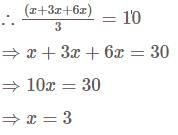



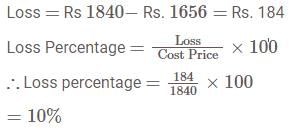

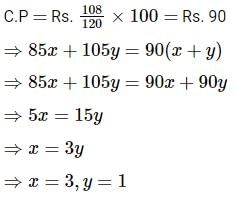

 joined the group, the weight fall the students in the group decreases by
joined the group, the weight fall the students in the group decreases by 

